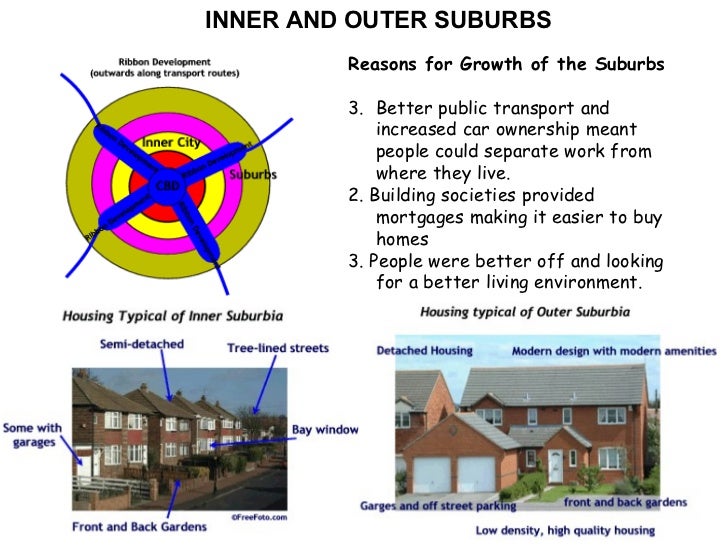
For me to own a home in my 20s - I thought that was the greatest thing.” Members of the white middle-class remember moving to suburbia as a time of “joyful acquisition.” You grew up with certain things in mind: to get married, have a family, own a car and own a house.

Selma Golub, one of the first to move into Levittown, Pennsylvania in the 1950s, says, “I grew up in the 40s and 50s, when you went to the movies a lot, and that was the culture you saw. People who grew up during this period recall the images they saw everyday in popular culture. Popular culture began to glamorize the life young couples could live in suburbia, and the postwar economic boom made it possible for many Americans to satisfy their desires for a stable, secure family life with a brand new home.

Between 19, Ladies Home Journal featured several “dream houses” for young wives to fantasize about until after the war when their husbands would return and they could start living again. With names like “Crystal Stream,” “Robin Meadows,” and “Stonybrook,” suburbia met a need and fulfilled a dream.ĭuring World War II, both government and industry played up the image of the suburban house to the families of absent servicemen. According to Steven Mintz, author of Domestic Revolutions: A Social History of American Family Life, “family togetherness quickly became the national ideal, seized upon by advertisers, ministers, and newspaper editors.”Īll of these blossoming new families needed someplace to live, and suburbia was the perfect answer to the drastic housing shortage engulfing the nation at the end of the 1940s.
#Baby boom and suburban growth worksheet answers full
During the postwar period, society viewed marriage as an essential ingredient for a full and happy life. The fertility rate soared 50 percent between 19, and nearly half of all American women had their first children before they turned 20. The average age of marriage for men was 22, and for women it was 20. By the end of the 1950s, 70 percent of all women were married by age 24 in 1940 it was 42 percent and in 1988 it was 50 percent. The average age of brides and grooms was at a record low, and the marriage rate was at an all-time high. The Baby BoomĪnd there were more than enough young couples to populate suburbia after the war.

Suburbia personified the American Dream for every young couple in postwar America as a place where they could own their own home and raise their children away from the horrors of city life. The suburbanization of United States was a central part of the campaign to create the ideal American family, and the federal government played a direct role in the mass migration from the cities. The growing number of suburban communities in the 1950s demonstrated the desire many Americans had to establish a secure familial environment.


 0 kommentar(er)
0 kommentar(er)
